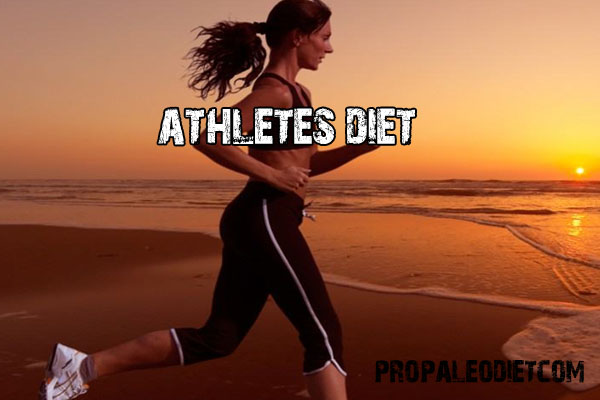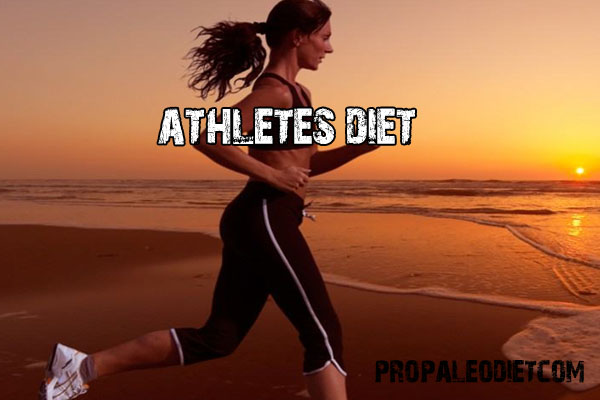
5 Stages of the Paleo diet for Athletes
One doesn’t get to be an athlete without maintaining a healthy diet in their everyday life. Good nutrition and proper sustenance play a major role in the development of any athlete, regardless of their sport or level of training. The reason is simple: athletic activities require the right fuel in order to achieve a rigorous performance and attain the desired goals. Therefore an athlete’s diet should contain the exact amount of nutrients he/she needs, whether these are carbohydrates, proteins, fat, vitamins, or minerals.
Experts in athlete dietology most often recommend the so-called ‘’caveman diet’’ or ‘’paleo’’, short for ‘’Paleolithic’’, which is based on our assumptions of what ancient humans in that era used to eat. Advocates of this diet claim that the way our bodies process food has declined in quality over the centuries due to agriculture and animal domestication.
Humans don’t adapt to modern food as well as they used to in the past, they argue. Furthermore, that the consumption of modern foods imitating those of prehistoric times is ideal for our health. For athletes, in specific, the benefits rest in maintaining a sufficient supply of energy for the performance of various activities.
The caveman diet typically includes fish, lean meat, vegetables, fruit, nuts, and seeds. If followed properly, the paleo diet provides athletes with the levels of energy they need not only for participating in competitions but during daily training as well.
Five Stages of Paleo Diet For Athletes:
▪ Stage One: Eating before exercising.
Foods with low fiber content are recommended for consumption 2-3 hours prior to performing hard work or before taking part in a competition. The calorie count of food consumed at this stage should be between 200 and 300. Foods like boiled eggs and fresh peaches are highly recommended.
▪ Stage Two: Eating during exercise.
When an athlete participates in a race, a competition, or performs strenuous exercise, it’s important that they consume high-glycemic-content carbohydrates. Mostly, liquids are preferred. Sports drinks are highly recommended for this purpose, though for training which doesn’t exceed half an hour, water should be sufficient.
▪ Stage Three: Eating 30’ after exercising.
The food items which an athlete consumes at this stage must contain carbohydrates and protein in a ratio of 4-5:1. Alternatively, 3-5 teaspoons of glucose or 16 ounces of fruit juice with banana slices should be able to provide sufficient energy. Protein powders made from egg sources are also highly recommended.
▪ Stage Four: Eating short-term post exercise.
At this stage, it is recommended to concentrate on high-glycemic-carbohydrate-content foods. These food items should contain carbohydrates and protein in a ratio of 4-5:1. Raisins, potatoes, sweet potatoes, and yams are generally considered ideal for short-term post exercise.
▪ Stage Five: Eating long-term post exercise.
In the last stage of the paleo diet, special optimal foods are recommended for consumption until the athlete resumes the diet from the beginning the next day. Foods like walnuts, crushed strawberries, and fried asparagus are the most common suggestions by experts.
The benefits from following the caveman diet specifically planned for athletes are many. First of all, your body will experience fewer acidity problems. You will feel more energetic and vibrant. Some even claim that the paleo diet increases one’s life expectancy. For one, you won’t demonstrate mineral or vitamin deficiencies. The overall health effects of the caveman diet are said to include even the general improvement of one’s mood on a daily basis.
A negative side to the paleo diet, however, is that it is considerably difficult to follow faithfully, as it entirely excludes from the menu plenty of dishes that we all love, such as desserts as well as all dishes containing dairy products like milk, cheese, and yoghurt.
Does the caveman diet sound reasonable to you? Or do you find it too intense to follow, if you’ve tried it before? Let us know your opinion in the comments section, and feel free to contribute sharing your particular version of the paleo diet. If you found this article informative, intriguing and engaging, make sure you don’t forget to subscribe to our newsletter to receive more relevant work!



0 comments on “5 Stages of the Paleo diet for Athletes”